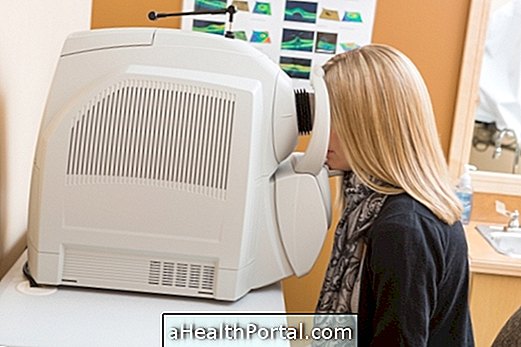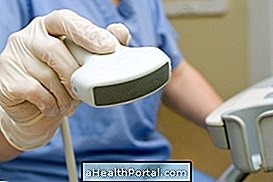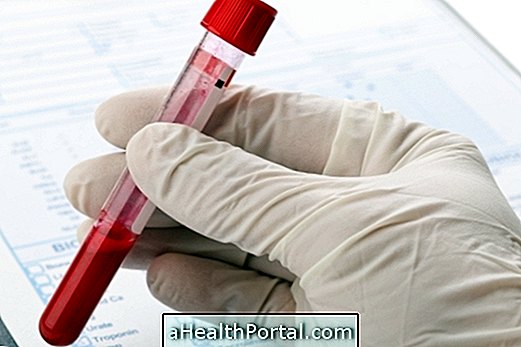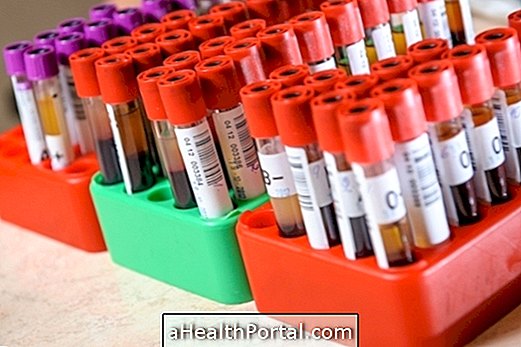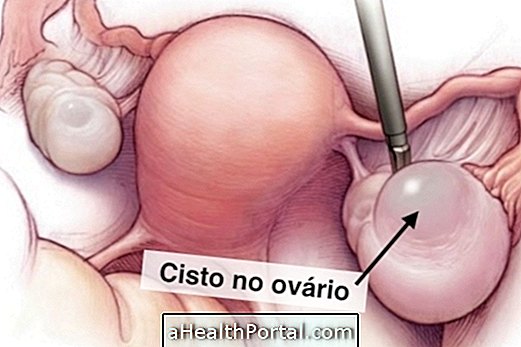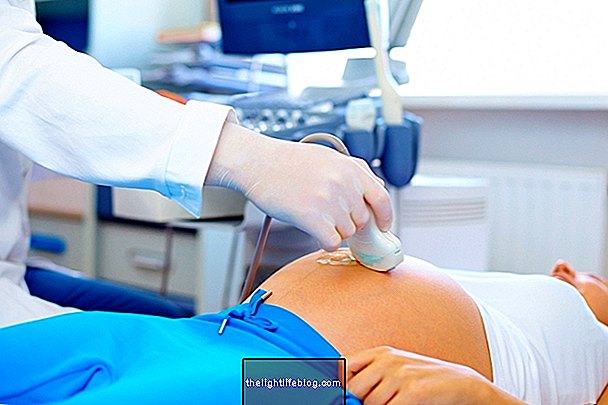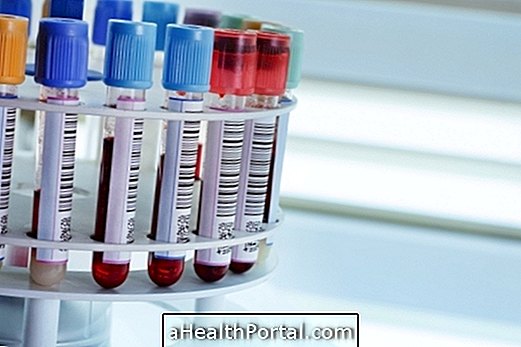Bronchoscopy is a type of examination that evaluates the airway by introducing a thin, flexible tube that enters through the mouth or nose and into the lung. This tube transmits images to a screen on which the doctor can see if there is any change in the airways, including the larynx and the trachea.
Thus, this type of examination can be used to aid in the diagnosis of some diseases, such as atypical pneumonia or a tumor, but can also be used to treat a lung obstruction, for example.
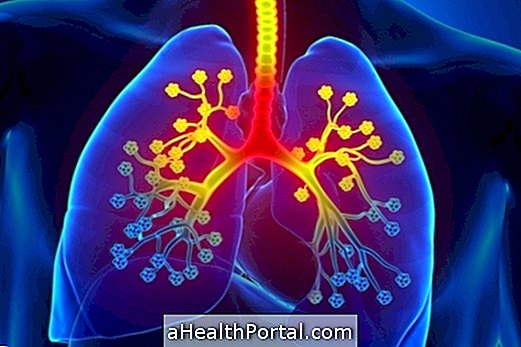
When can it be requested
Bronchoscopy may be requested by the pulmonologist whenever there is suspicion of any lung disease that could not be confirmed through symptoms or other tests, such as x-ray. Thus, bronchoscopy can be ordered when it is suspected:
- Pneumonia;
- Cancer;
- Obstruction of the airways.
In addition, people who have persistent cough that does not go away with the treatment or do not have a specific cause may also need to do this type of examination to make the diagnosis identify and initiate the most appropriate treatment.
In cases of suspected cancer, the doctor will perform a bronchoscopy with a biopsy, in which a small piece of the lung lining is removed for laboratory analysis and confirm the presence of cancer cells, so the result may take a few days.
How to Prepare for Bronchoscopy
Before getting a bronchoscopy it is usually necessary to stay between 6 and 12 hours without eating or drinking, and only drinking a minimum of water is allowed to take any tablet. Anticoagulant medications, such as aspirin or warfarin, should be discontinued a few days before the test to avoid the risk of bleeding.
However, the preparation instructions may vary according to the clinic where the test will be done and therefore it is very important to talk to the doctor first, explaining which medication is usually done.
It is still important to take a friend or family member to the clinic, since in many cases a slight anesthesia is used to reduce the discomfort and, in these cases, driving is not allowed in the first 12 hours.
What are the possible risks of the
Since bronchoscopy consists of inserting a tube into the airways, there are some risks, such as:
- Bleeding : usually it is in very little amount, being able to cause cough with blood. This type of complication is more frequent when there is inflammation of the lung or when it is necessary to withdraw a sample for biopsy, returning to normal in 1 or 2 days;
- Lung collapse : This is a very rare complication that arises when a lung injury occurs. Although the treatment is relatively easy, it is usually necessary to stay in the hospital. See more about what lung collapse is.
- Infection : It can occur when there is a lesion in the lung and usually causes fever and worsening symptoms of coughing and feeling of shortness of breath.
These risks are very rare and usually easy to treat; however, the examination should only be done with the advice of the doctor.

